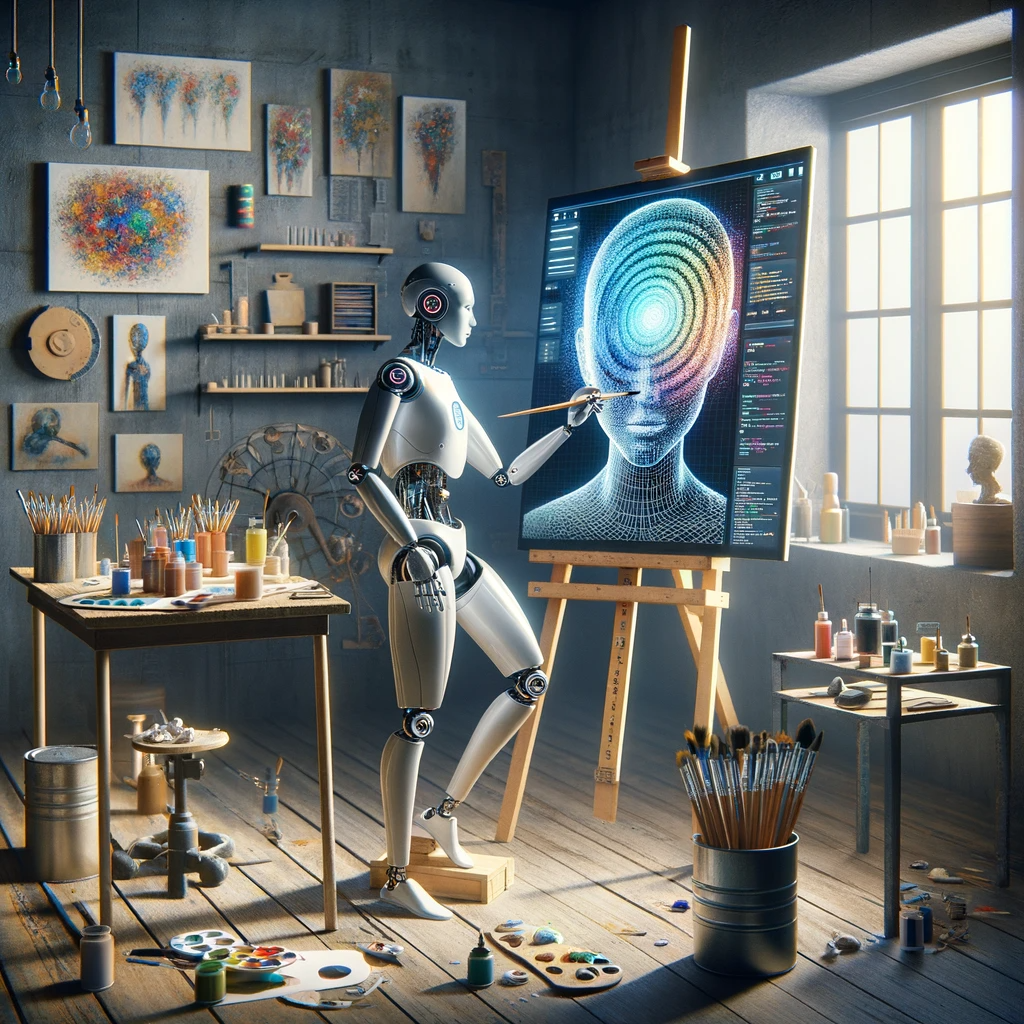Artificial Intelligence (AI) has revolutionized various industries, and the creative sector is no exception. One particular aspect of AI, known as generative AI, has emerged as a powerful tool for artists, designers, and other creative professionals. In this article, we will explore the role of generative AI in creative industries and the impact it has on the creative process.
What is Generative AI?
Generative AI refers to the use of artificial intelligence algorithms to generate new and original content. Unlike traditional AI systems that rely on pre-programmed rules and data, generative AI has the ability to create something new and unique. It can analyze patterns, learn from existing data, and generate output that is not explicitly programmed.
Generative AI can be applied to various creative disciplines, including art, music, design, and storytelling. It offers a range of possibilities, from assisting artists in their creative process to creating entirely new works of art.
Enhancing the Creative Process
Generative AI has the potential to enhance the creative process by providing artists with new ideas, inspiration, and tools. It can analyze vast amounts of data, such as images, texts, and music, to identify patterns and generate new content based on those patterns.
For example, an artist can use generative AI to explore different variations of a design or artwork. By inputting a few initial parameters, the AI system can generate multiple options, allowing the artist to quickly iterate and experiment with different possibilities. This not only saves time but also opens up new creative avenues that the artist may not have considered before.
Generative AI can also be used as a collaborative tool, enabling artists to work together with AI systems to create unique and innovative pieces. By combining the artist’s creativity with the AI’s ability to analyze and generate content, new and exciting artistic expressions can emerge.
Pushing Boundaries and Inspiring Innovation
Generative AI has the potential to push the boundaries of creativity and inspire innovation in the creative industries. By generating new and unexpected content, it challenges traditional notions of what is possible and encourages artists to think outside the box.
For example, in the field of music, generative AI can compose melodies and harmonies that are unconventional and experimental. This can inspire musicians to explore new genres and styles, leading to the creation of unique and groundbreaking music.
In design, generative AI can assist in creating complex and intricate patterns that would be difficult to achieve manually. It can generate designs that are visually stunning and structurally sound, inspiring designers to push the limits of their creativity.
Ethical Considerations
While generative AI offers numerous benefits to the creative industries, there are also ethical considerations that need to be addressed. One concern is the issue of originality and authorship. When AI systems generate content, who owns the rights to that content? Should artists be credited for the work created by AI systems? These questions raise important discussions about intellectual property and artistic ownership.
Another ethical concern is the potential for bias in generative AI algorithms. AI systems learn from existing data, which may contain biases and prejudices. If not carefully monitored, generative AI can perpetuate and amplify these biases, leading to the creation of content that is discriminatory or offensive.
The Future of Generative AI in Creative Industries
Generative AI is still in its early stages, and its full potential in the creative industries is yet to be realized. As technology advances and AI algorithms become more sophisticated, we can expect generative AI to play an even more significant role in the creative process.
However, it is important to strike a balance between human creativity and AI assistance. Generative AI should be seen as a tool to augment and enhance human creativity, rather than replace it. The human touch and artistic intuition are still invaluable in the creative process and should not be overshadowed by AI.
In conclusion, generative AI has the power to revolutionize the creative industries by enhancing the creative process, pushing boundaries, and inspiring innovation. However, ethical considerations need to be addressed to ensure that generative AI is used responsibly and in a way that benefits both artists and society as a whole.


